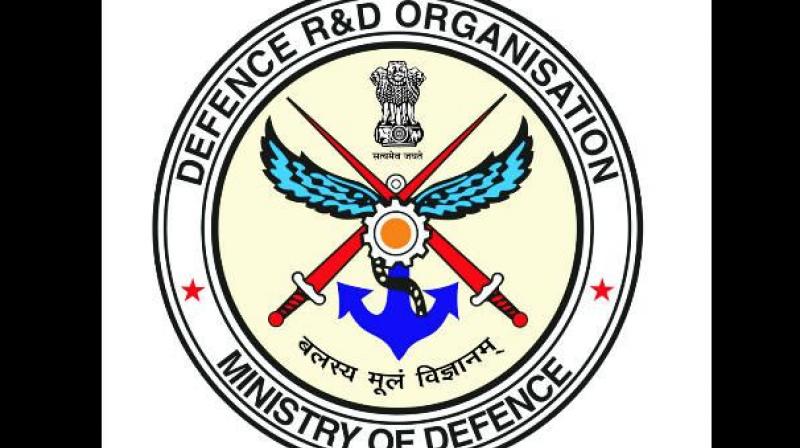Scientists worked on A-Sat since 2012

Bengaluru: With chairman of DRDO, Dr G. Satheesh Reddy’s assertion about achieving accuracy in terms of centimetres during anti-satellite weapon (A-SAT) test, the country’s defence and space programmes not only mirror best-in-the world capabilities utilising indigenous technology but also the philosophy of deterrence against long range missiles.
Also, just as the United States, Russia and China brought down their own satellites to demonstrate this prowess, Isro’s Microsat-R, weighing more than 700 kg, launched in January 2019 for “defence research,” was the target of the successful test.
The missile, a variant of DRDO’s ballistic missile defence system was used.
With scores of Indian satellites forming the backbone of the country’s security, economic and social infrastructure, the Union government gave the thumbs-up for a test to verify DRDO’s ability to protect these space assets from any adversary.
Though the concept of A-SAT was presented by Dr V.K. Saraswat, former chief of DRDO in 2012, his successors and colleagues fine-tuned all technologies and carried out the test only after acquiring a degree of confidence about its ability to strike with precision.
“India has no intention of entering into an arms race in outer space. We have always maintained that space must be used only for peaceful purposes. We are against weaponisation of outer space and support international efforts to reinforce the safety and security of space-based assets. India is a signatory to the outer space treaty which prohibits only weapons of mass destruction in outer space, not ordinary weapons. India expects to play a role in the future in the drafting of international law on prevention of an arms race in outer space, including prevention of placement of weapons in outer space in its capacity as a major space faring nation,” explained a top official of the ministry of defence.

